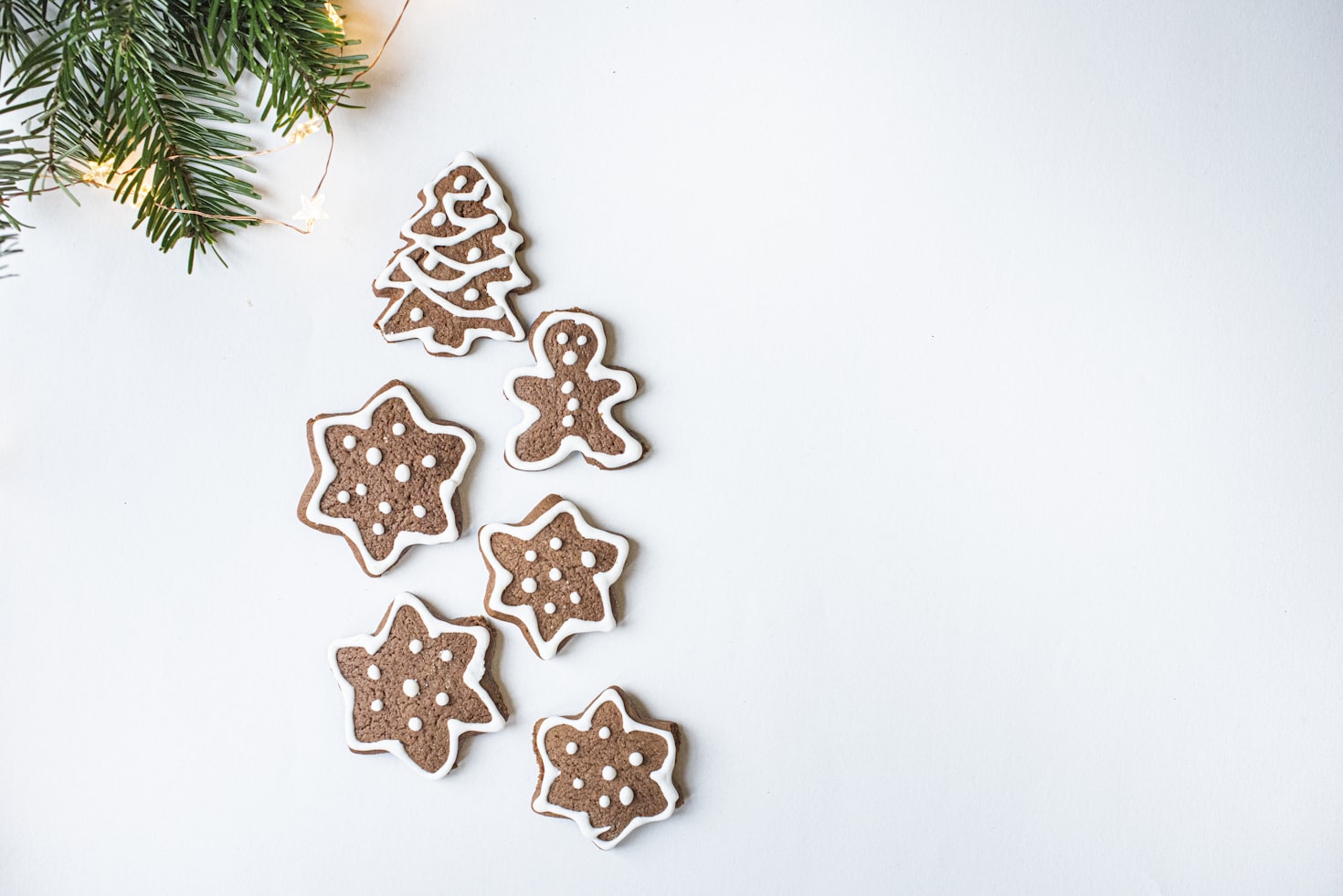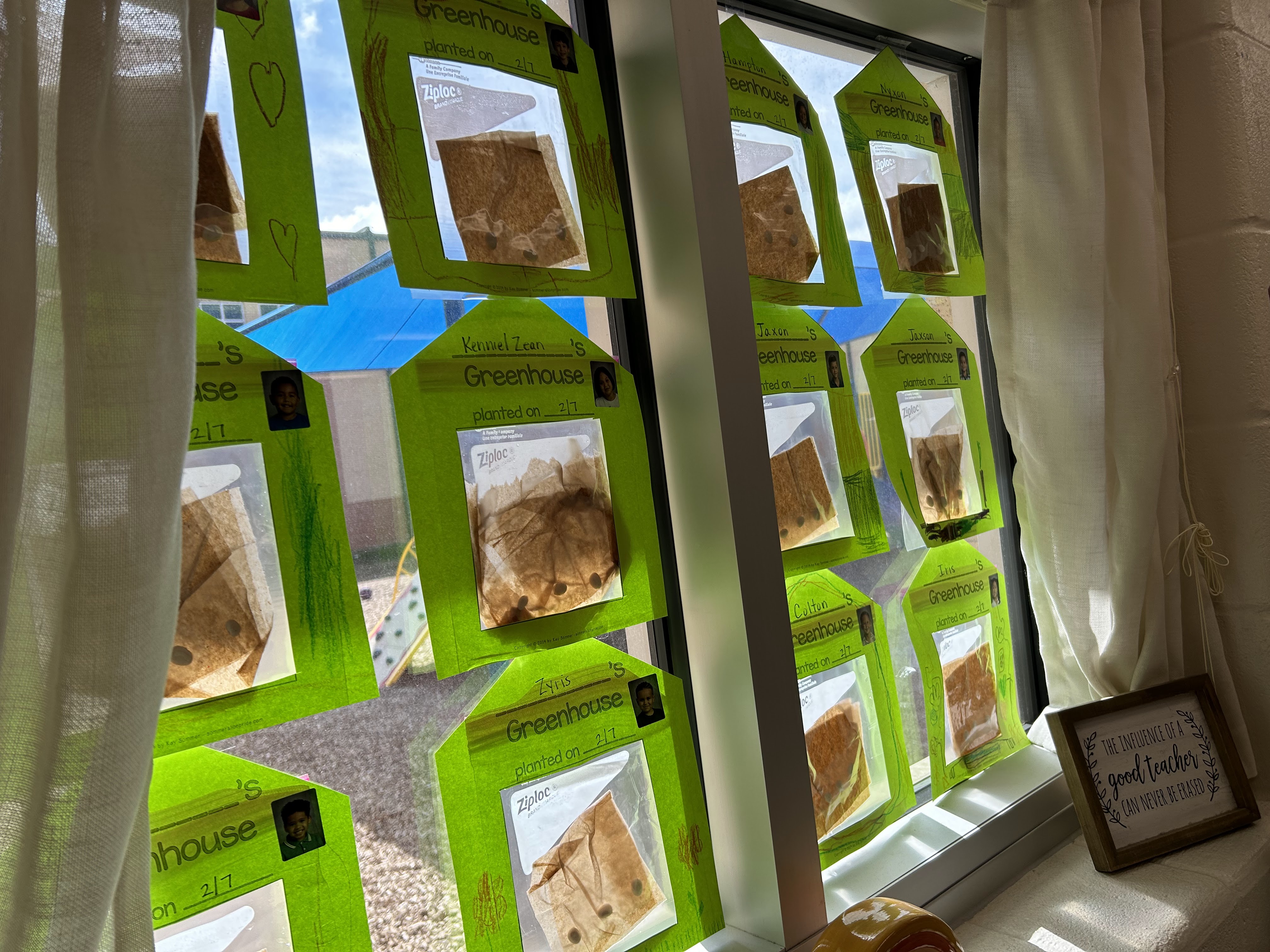February 28, 2024
Kindergarten Writing Portfolios
I love incorporating a writing portfolio each year because it's one of the easiest ways to track their progress and having these work samples available also makes for great references during writing conferences (or even parent conferences). I remember when a student of mine was so discouraged and didn't think they were writing as well as their peers. But one look at their work and how it's progressed over the year gave them the confidence to keep going. Such a powerful moment!
Storing Portfolios
Monthly Self-Portraits
End-of-the-Year Gift
February 25, 2024
Gingerbread Composing Activity
One of my favorite concepts to teach my kinders in math is composing and decomposing numbers. If you're not familiar with the term, it simply references how numbers are made by combining different quantities. It's foundational number sense that builds over the school year to eventually being able to add and subtract (or join and separate).
What I enjoy about it is that you can see how students begin to make connections and for them to demonstrate how numbers are created. At the beginning of the year, we begin with composing numbers to 5, then to 10, and at the end of the year we jump up to 20. It's very cool to see how this progression allows students to become little number experts and truly understand how numbers represent quantities and that we can manipulate those quantities in different ways.
...but anyways...
One activity I enjoy doing with them around the holidays is this gingerbread composing craftivity!
Gingerbread Composing
Words vs Symbols
I've seen teachers get super creative with this activity by adding foil to the background to make it look like the gingerbreads are baked on a cookie sheet. So cute!
In addition to the gingerbreads, I've also included marshmallows to represent the same concept of composing to 10. Simply choose the activity that best suits your learners.
Sprouting Seeds: Living & Non-Living Science
One of my favorite science units to teach in kindergarten is our unit on Living and Non-Living! We spend a few weeks building our knowledge around what makes an object living or non-living then explore the differences between needs and wants.
What's more, this unit is a wonderful opportunity to expose students to non-fiction texts if they haven't learned about them already. I highly recommend digging through your school's library for some NF texts on living and nonliving things to have students read and explore. Epic Books and Pebble Go are other great virtual resources as well!
Week 1: What is Living/Non-Living
This introductory week allows students to develop a strong understanding of what makes an object living or non-living. They will use key vocabulary to describe objects (tying in their vocabulary from a previous unit on attributes/properties) and sort them based on what makes them living or not.
Week 2: Needs of Living Things: Animals & Plants
This week students build on their understandings and focus on living things as plants and animals. Students begin to identify the certain "needs" of living things and how they require these things to survive. This is a great opportunity to discuss needs vs wants...which ends up being a bonus discussion about accepting no.
I really enjoy using this resource from Kindergarten Creations. It has a lot of great visuals for this unit and for the student work pages, I size my copies down so students can glue their work/thinking into their science journals.
And who doesn't love a good Cookie Monster moment?? This is a fun video to share with students to drive concepts home about the basic needs of living things.
Week 3: Seed Sprouting Lab
In this week our class begins to apply what they've learned to a lab where they sprout a lima bean seed!
This ends up being my favorite week because students get the opportunity to sprout their own seeds and observe the beginning of a plant life cycle! In our class, we use lima beans (nice connection to our read-aloud A Bad Case of Stripes) and place them inside Ziplocs. You can use any type of bean (I've used some pinto beans from my sensory bins before!) as they all begin sprouting relatively quickly. I found this cute greenhouse cover where students write their names and decorate them. Afterward, I tape them up to our window and the watching begins!
It ends up taking a week or so before students can begin to see changes in their seeds. I place 3 inside their greenhouses to give them a greater chance of sprouting something.
Pick up this FREEBIE over at my TpT store so your students can begin sprouting their own seeds in a classroom greenhouse!
Hey there!














